The 10 Best Fishing Spots in Yellowstone National Park
Yellowstone National Park, America’s first national park, is not only a geothermal wonderland but also an angler’s paradise. Spanning over 2.2 million acres across Wyoming, Montana, and Idaho, this pristine wilderness offers some of the most spectacular fishing opportunities in North America. From crystal-clear streams to expansive lakes, Yellowstone harbors native Cutthroat trout, non-native Brown and Rainbow trout, and Arctic Grayling, creating a diverse fishing experience against the backdrop of stunning landscapes.
Whether you’re a fly fishing enthusiast or a casual angler, these ten remarkable fishing spots showcase the best that Yellowstone National Park has to offer, each with its own unique charm and fishing conditions.
Yellowstone Lake – The Crown Jewel
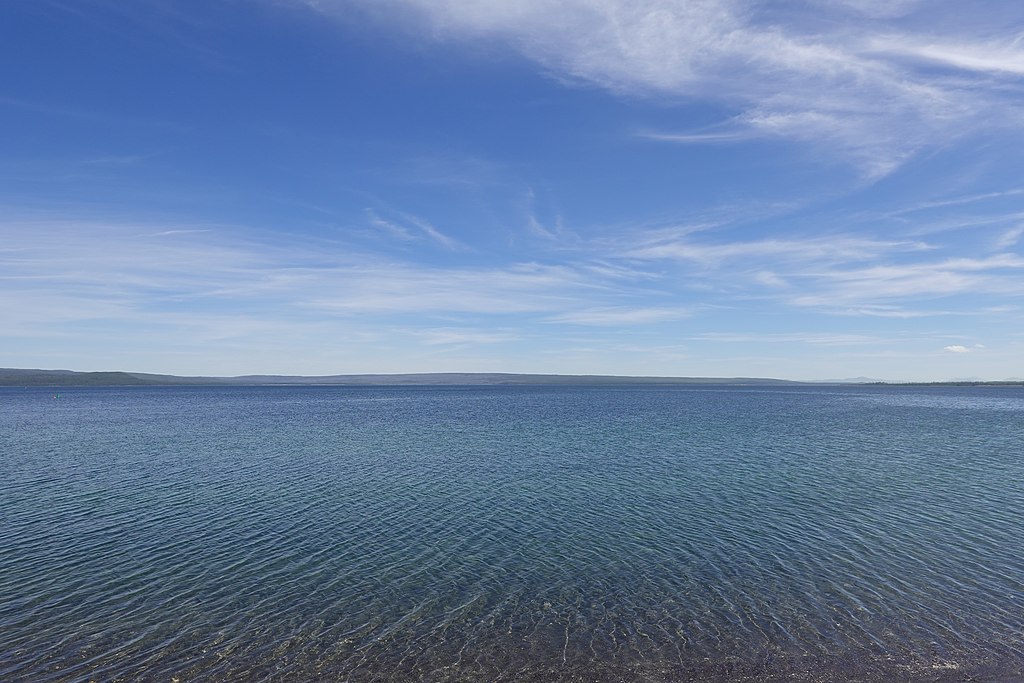
As the largest high-elevation lake in North America, Yellowstone Lake stands as the park’s premier fishing destination with over 136 square miles of pristine waters. Anglers flock to this massive body of water primarily for the native Yellowstone Cutthroat trout, which have inhabited these waters since prehistoric times. The lake’s extensive shoreline offers countless fishing opportunities, with the West Thumb area being particularly productive during the summer months.
Recent conservation efforts have focused on removing invasive lake trout to protect the native cutthroat population, making this not just a fishing expedition but a chance to participate in ecological stewardship. The surrounding landscape of lodgepole pine forests and distant mountain ranges creates a breathtaking backdrop that enhances the already remarkable fishing experience.
Lamar River – The Fly Fishing Mecca of Yellowstone

Flowing through the spectacular Lamar Valley, often called “America’s Serengeti” for its abundant wildlife, the Lamar River offers some of the finest fly fishing in the park. The river is renowned for its healthy population of Yellowstone Cutthroat trout, with many specimens reaching impressive sizes of 16 inches or more.
What makes the Lamar particularly special is its combination of easily accessible meadow sections and more challenging canyon stretches, providing options for anglers of all skill levels. During summer evenings, the river comes alive with insect hatches that trigger feeding frenzies among the trout, creating prime conditions for dry fly fishing. The experience of casting in the Lamar is frequently enhanced by the presence of bison, elk, and occasionally wolves or bears grazing in the surrounding valley.
Slough Creek – The Backcountry Gem of Yellowstone

For anglers willing to put in some effort for extraordinary rewards, Slough Creek represents Yellowstone’s backcountry fishing at its finest. This tributary of the Lamar River is divided into meadow sections, with the first meadow accessible via a moderate 1.5-mile hike, while the second and third meadows require more substantial treks. The effort pays off handsomely as these remote meadows harbor some of the park’s largest and most challenging Cutthroat trout, many exceeding 18 inches.
The creek’s clear waters allow sight fishing, where patient anglers can spot trout and present flies with precision. What truly sets Slough Creek apart is the solitude it offers – even during peak season, the further meadows provide a wilderness fishing experience that feels virtually untouched by human presence.
Madison River – The Accessible Classic of Yellowstone
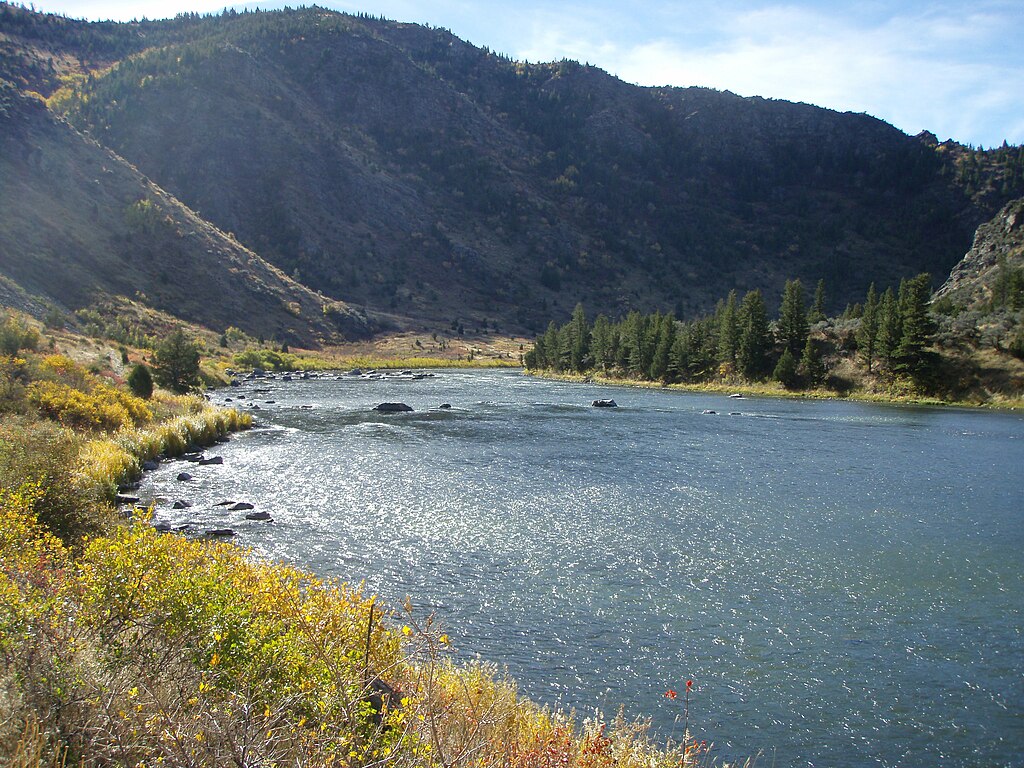
The Madison River stands as one of Yellowstone’s most productive and accessible fishing destinations, meandering through open valleys with spectacular mountain views. Beginning at Madison Junction where the Firehole and Gibbon Rivers converge, this river is famous for its consistent hatches and diverse trout population, including Rainbow, Brown, and Cutthroat species.
The Madison’s varied structure, from deep pools to riffles and runs, provides excellent habitat for trout and multiple fishing techniques throughout the season. During the famous summer salmonfly hatch, the Madison transforms into a feeding frenzy that attracts anglers from around the world. Additionally, the river’s proximity to the Grand Loop Road makes it an ideal option for those with limited time or mobility, allowing anglers to easily access numerous productive spots along its course.
Firehole River – The Geothermal Wonder of Yellowstone
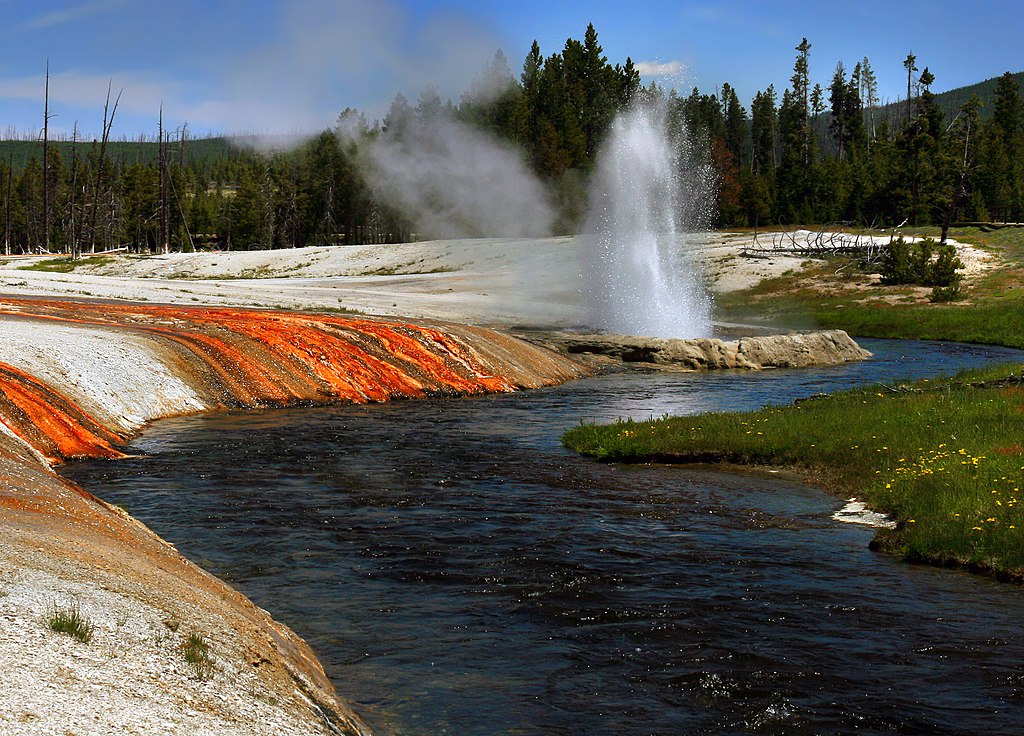
No other fishing destination offers the unique experience of casting amidst erupting geysers and steaming hot springs like the Firehole River. This remarkable waterway winds through Yellowstone’s most active geothermal basins, including the famous Upper Geyser Basin where Old Faithful resides. The geothermal features warm the river’s waters, creating a microclimate that extends the fishing season earlier into spring and later into fall than most park waters.
The Firehole holds healthy populations of Brown and Rainbow trout that have adapted to these unusual conditions, with the stretch between Old Faithful and Madison Junction offering the most productive fishing. Anglers here enjoy the surreal experience of potentially hooking a trout while a geyser erupts in the background – a fishing memory unlike any other in the world.
Gardner River – The Northern Gateway of Yellowstone

Flowing through Yellowstone’s northern boundary near the iconic Roosevelt Arch, the Gardner River provides excellent fishing opportunities with the advantage of being accessible nearly year-round. The river features dramatically different sections, from the challenging whitewater of Gardner Canyon to the more gentle meadow stretches near Mammoth Hot Springs. Brown trout dominate the lower sections, while Rainbow and Cutthroat trout become more prevalent as you move upstream.
One of the Gardner’s most unique features is the Boiling River area, where hot springs merge with the cold river water, creating natural hot tubs for a post-fishing soak – a perfect way to relax after a day on the water. The river’s proximity to the north entrance makes it an excellent option for anglers staying in or near Gardiner, Montana, allowing for easy access even during brief visits to the park.
Lewis Lake – The Southern Secret

Often overshadowed by its massive neighbor Yellowstone Lake, Lewis Lake offers exceptional fishing in a more intimate setting near the park’s south entrance. This 2,716-acre lake reaches depths of over 100 feet and harbors healthy populations of Lake trout, Brown trout, and the occasional Cutthroat. What makes Lewis Lake particularly appealing is its relatively light fishing pressure compared to more famous park waters, giving anglers a better chance at landing trophy-sized fish, especially during early morning or evening hours. The lake is also one of the few places in Yellowstone where boat fishing is permitted, with a convenient launch site located near the campground. Fall brings spectacular fishing for Brown trout as they prepare to spawn, with some specimens reaching well over 20 inches in length.
Gibbon River – The Versatile Stream of Yellowstone
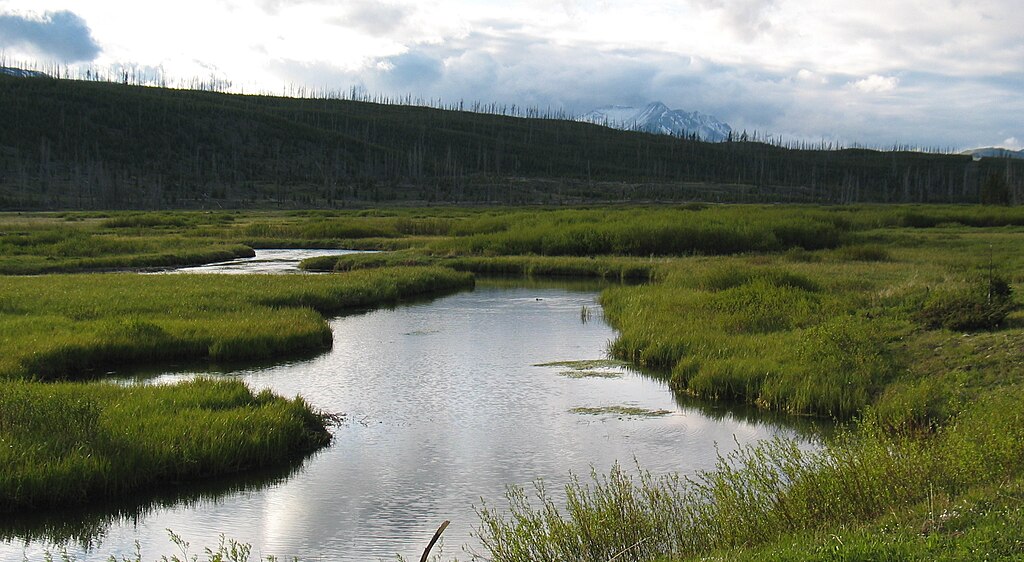
The Gibbon River presents anglers with remarkable diversity as it travels from its headwaters at Grebe Lake to its confluence with the Firehole River. The upper sections flow through scenic meadows where anglers can find native Arctic Grayling and Brook trout in intimate settings perfect for light tackle. As the river descends, it transitions through the stunning Gibbon Canyon, where plunge pools and pocket water hold primarily Brown trout that grow to impressive sizes in the deeper sections.
One of the Gibbon’s most famous features is Gibbon Falls, a spectacular 84-foot waterfall that creates a natural barrier for fish migration, resulting in distinct populations above and below. The river’s variety means anglers can experience multiple types of fishing environments in a single day, from technical small-stream tactics to more traditional approaches in the wider lower sections.
Soda Butte Creek – The Cutthroat Haven

Meandering through the northeastern corner of the park before joining the Lamar River, Soda Butte Creek represents one of Yellowstone’s premier Cutthroat trout fisheries. This medium-sized stream flows through a picturesque valley, offering relatively easy access via pullouts along the Northeast Entrance Road. The creek’s clear waters make it ideal for sight fishing, where patient anglers can spot feeding trout before making targeted casts.
Soda Butte has benefited from significant conservation efforts, resulting in a nearly pure strain of Yellowstone Cutthroat trout throughout most of its length. Wildlife viewing opportunities abound while fishing this creek, as the surrounding valley hosts abundant elk, bison, and some of the park’s best wolf watching opportunities, adding an extra dimension to the fishing experience.
Gallatin River – The Northwestern Treasure of Yellowstone
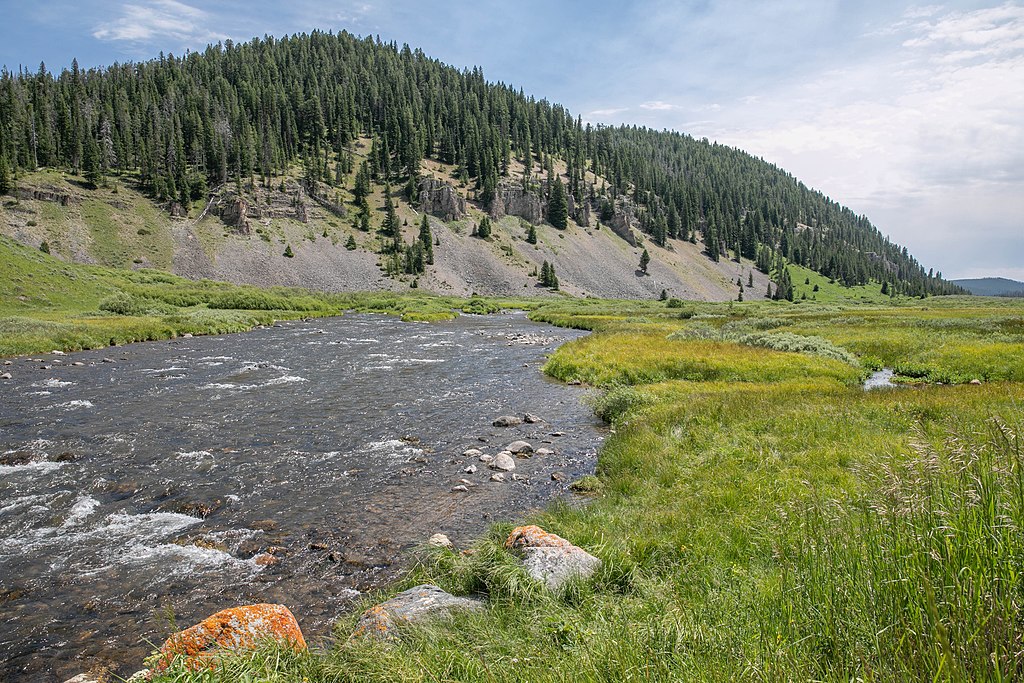
Though only a small portion of the Gallatin River flows through Yellowstone’s northwestern corner, this section offers exceptional fishing opportunities that shouldn’t be overlooked. The Gallatin within the park boundaries consists primarily of small to medium-sized stream fishing, with crystal-clear waters flowing through scenic forest and meadow settings. Rainbow and Brown trout dominate the river’s population, with many fish in the 10-14 inch range and occasional larger specimens surprising lucky anglers.
What makes the Gallatin special is its relative seclusion compared to more heavily visited waters, offering a peaceful experience even during peak season. The river’s structure features numerous riffles, runs, and pocket water that provide ideal habitat for trout and create technical but rewarding fishing challenges.
Fishing Regulations and Conservation
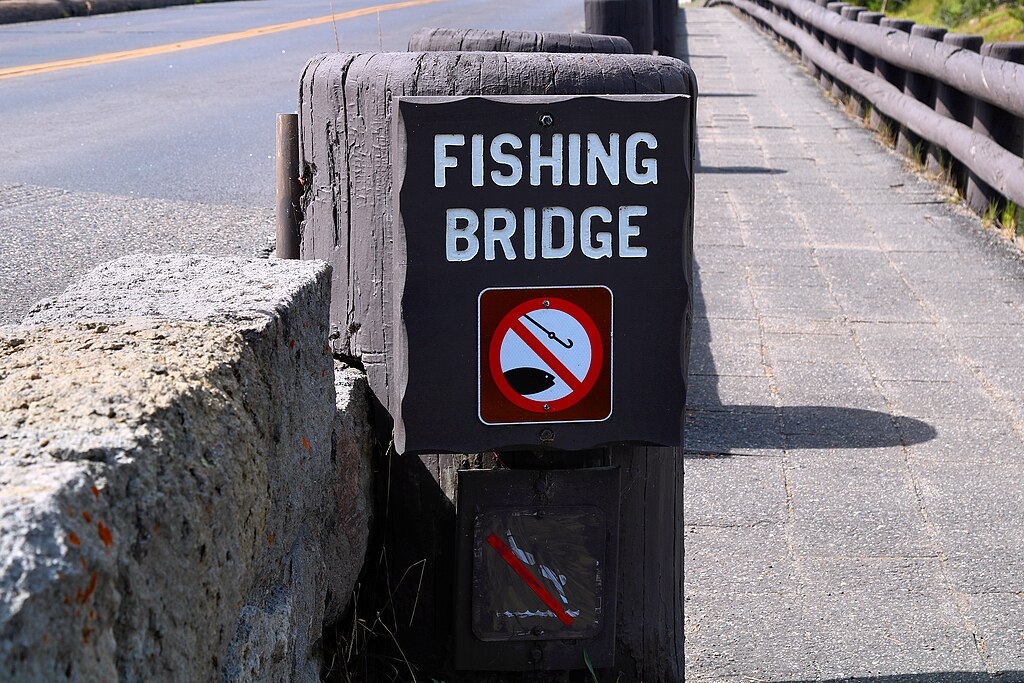
Fishing in Yellowstone requires understanding and adhering to specific regulations designed to protect the park’s aquatic resources for future generations. All anglers must possess a valid Yellowstone fishing permit, available at visitor centers and ranger stations throughout the park. Most waters implement catch-and-release regulations, particularly for native species like Cutthroat trout, while some areas allow harvest of non-native species as part of conservation efforts. Barbless hooks are required throughout the park to minimize harm to fish that will be released.
Seasonal closures protect spawning fish, with many rivers closed until Memorial Day weekend and some sensitive areas remaining closed until July. The park’s fishing regulations represent a balance between providing recreational opportunities and preserving Yellowstone’s unique aquatic ecosystems, which face challenges from climate change, invasive species, and increasing visitation.
Best Seasons and Fishing Techniques in Yellowstone
The Yellowstone fishing season generally runs from the Saturday of Memorial Day weekend through the first Sunday in November, though specific waters may have different opening dates. July and August typically offer the most consistent conditions, with stable water levels and regular insect hatches that make for productive fishing across the park.
Spring fishing can be challenging due to snowmelt and high water, but the Firehole River, with its geothermally warmed waters, often provides excellent early-season opportunities.
Fall offers spectacular fishing with fewer crowds, particularly for Brown trout as they take on vibrant spawning colors and become more aggressive.
Fly fishing dominates in Yellowstone, with dry flies being particularly effective during summer insect hatches, while nymphs and streamers work well in deeper waters or during non-hatch periods.
Spin fishing is permitted in most areas, though many experienced anglers find fly fishing more productive in the park’s clear, often shallow waters.
Conclusion
Yellowstone National Park’s fishing waters represent some of North America’s most pristine and historic angling opportunities. Beyond the thrill of landing a wild trout, fishing in Yellowstone connects visitors to a living ecosystem that has remained largely unchanged for centuries. Each of these ten locations offers not just fishing, but immersion in landscapes where thermal features steam against mountain backdrops, wildlife roams freely, and clear waters reflect the changing sky.
Whether you’re seeking trophy-sized trout, technical challenges, or simply the peace of casting a line in America’s first national park, these fishing destinations deliver experiences that remain etched in memory long after the trip ends. As with all activities in this special place, practicing conservation-minded angling ensures these waters will continue to delight generations of future fishermen and women.
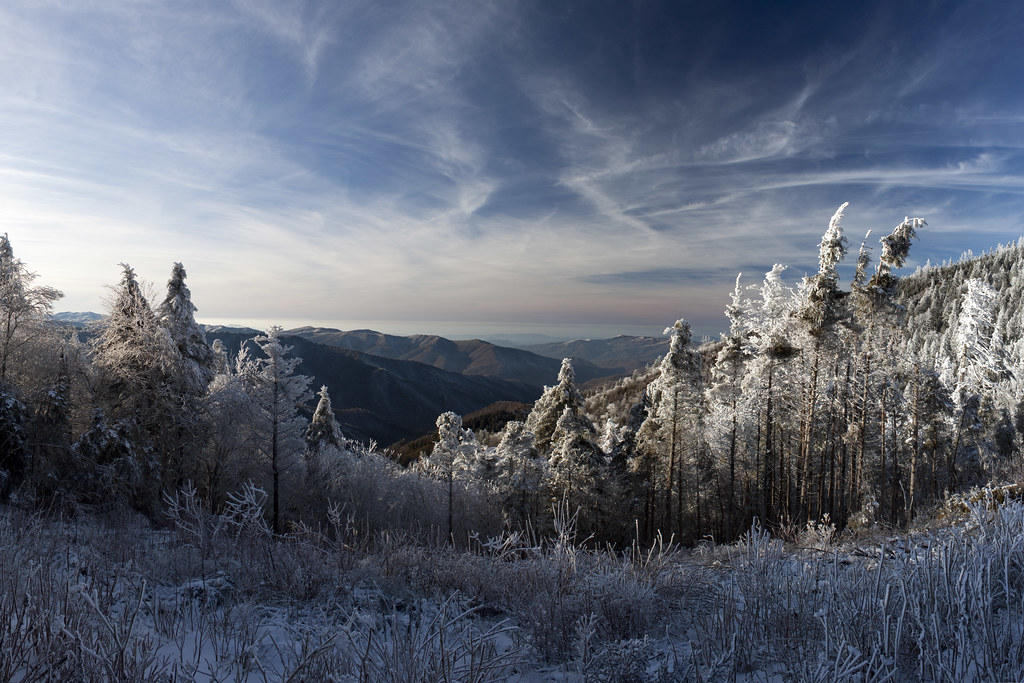
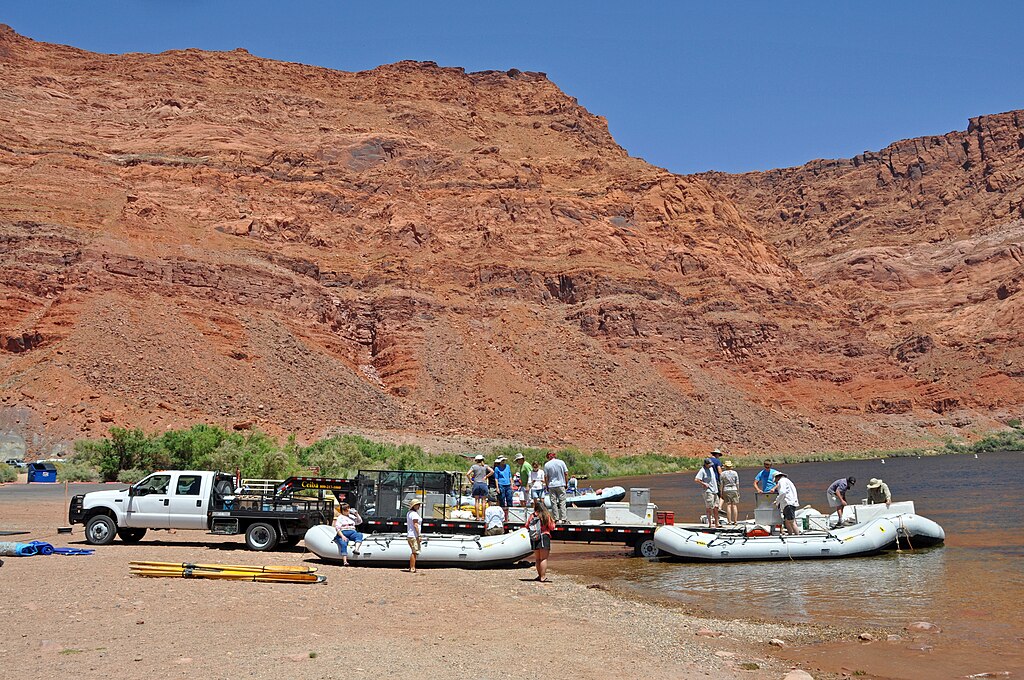











Post Comment